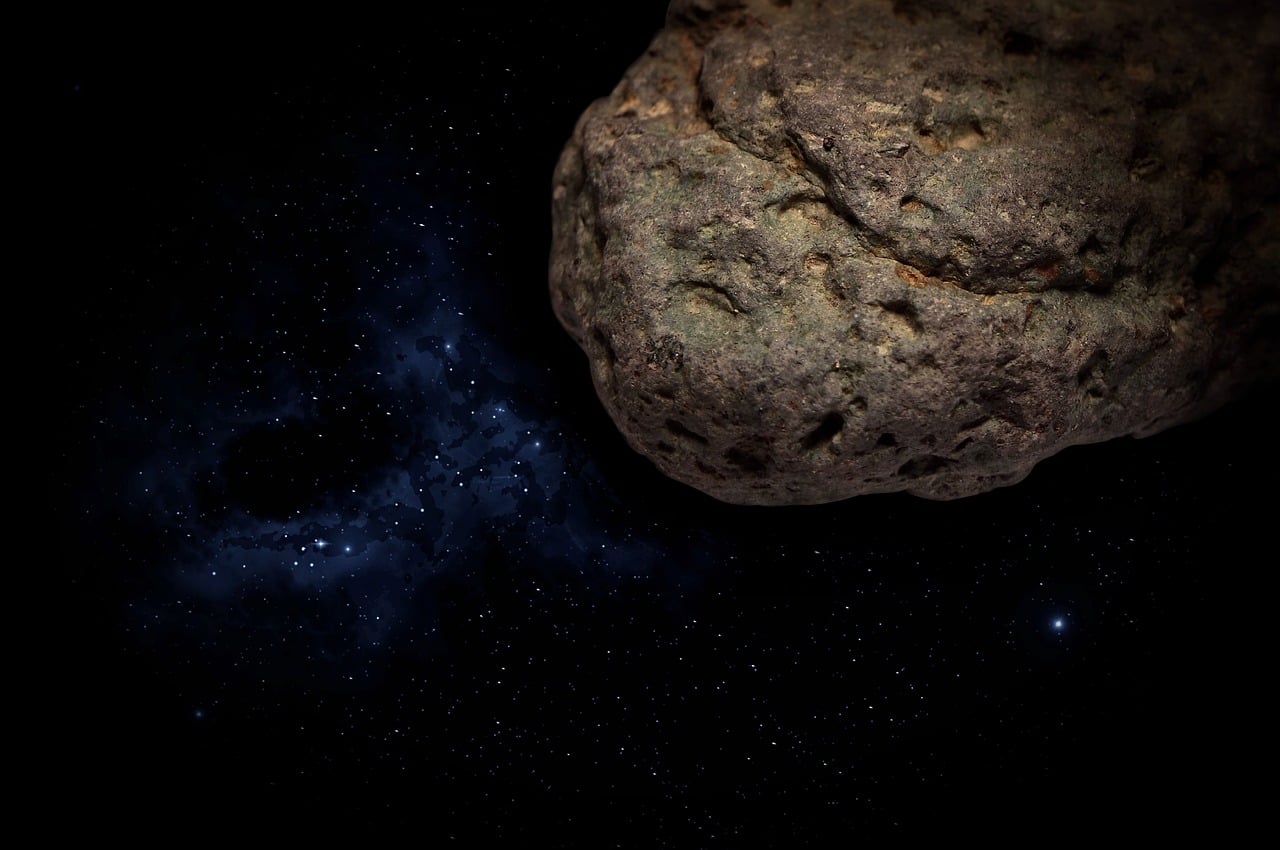Scientists have finally found an ancient meteorite crater off the coast of Scotland after searching for it over 10 years. The crater is about 9.3 to 12 miles west of the remote Scottish coastline, and it sheds light on Earth’s geological history.
Researchers found evidence of the ancient asteroid crater in 2008, and they estimated that it’s over 1.2 billion years ago. The evidence was found near Ullapool, Scotland by researchers from Oxford and Aberdeen Universities. In their study published in the Journal of the Geological Society, researchers Ken Amor from the Department of Earth Sciences at Oxford University and his colleagues describe how they tracked the meteorite’s location, which was buried by water and younger rocks in the Minch Basin.
“The material excavated during a giant meteorite impact is rarely preserved on Earth, because it is rapidly eroded, so this is a really exciting discovery. It was purely by chance this one landed in an ancient rift valley where fresh sediment quickly covered the debris to preserve it,” Amor said in a statement. “The next step will be a detailed geophysical survey in our target area of the Minch Basin.”
The team combined various field observations, the distribution of the broken rock fragments known as basement clasts, and magnetic particles to track the location of the ancient meteorite crater.
“It would have been quite a spectacle when this large meteorite struck a barren landscape, spreading dust and rock debris over a wide area,” Amor said.
At the time when the meteorite likely crashed into Earth, the researchers believe most of life on Earth was in the oceans with no plants on the land. At that time, what is now Scotland would likely be closer to the equator and surrounded by a somewhat arid environment. Researchers believe the landscape would have greatly resembled that of Mars when it was covered in water.
It’s no secret that Earth and other planets in the solar system have sustained a lot of meteorite impacts throughout their histories. Scientists believe the early solar system was in chaos, which meant that Earth may have collided with debris left following its formation.
Scientists believe there is a possibility of similar events in the future because a lot of asteroid and comet debris and fragments are orbiting the sun. However, there are also much smaller impacts in which the meteorite measures only a few meters across, which are quite common and can happen once every 25 years.
Researchers estimate that collisions with objects measuring about 0.62 miles — like in situations such as this one — can happen once about every 100,000 years to 1 million years. As you can see, the estimates vary widely.
The reason researchers don’t know the true impacts of of meteorite and asteroid collisions is because craters on Earth are erased or covered by erosion, burial and plate tectonics, similar to the ancient meteorite crater was off the coast of Scotland.





